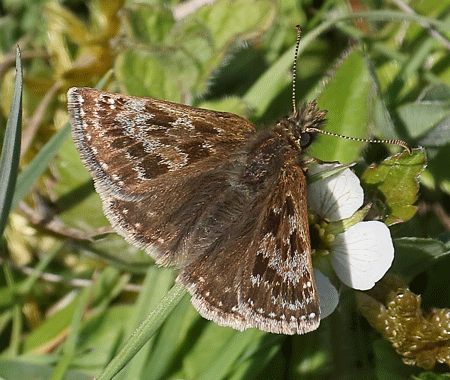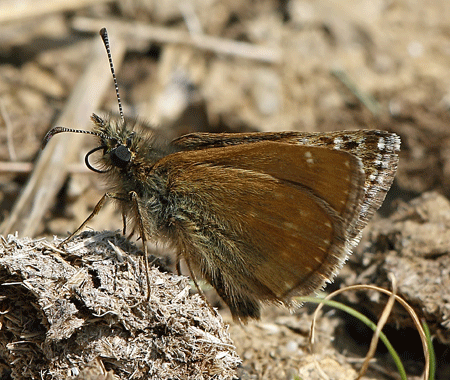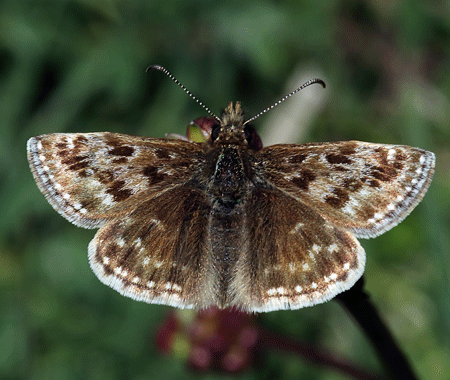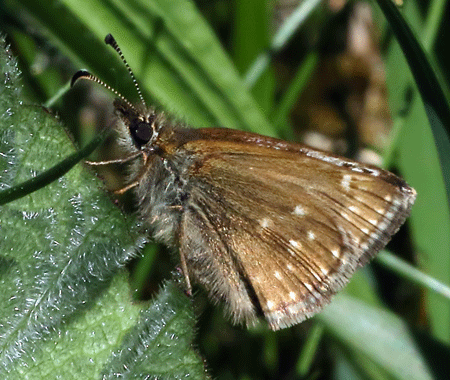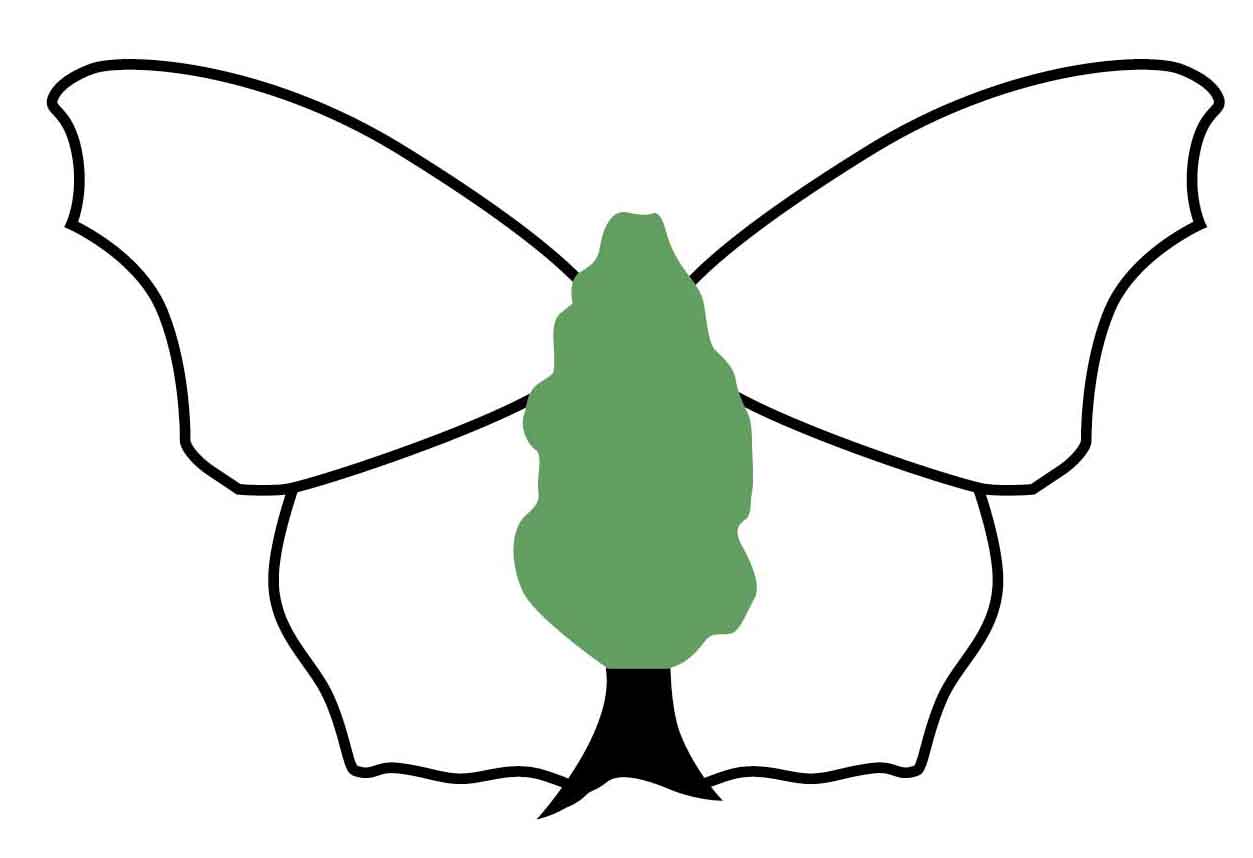 | Butterfly Conservation Saving butterflies, moths and our environment | Upper Thames Branch | 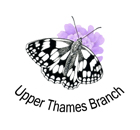 |
Dingy Skipper (Erynnis tages) | |||||||||||||||||||||||||||||||||
| Description | |||||||||||||||||||||||||||||||||
| Wing span: 27-34 mm. The Dingy Skipper is probably the most moth-like British butterfly. Its colours are usually quite muted except on newly-emerged individuals. The sexes are similar. It is found over much of Britain but its distribution is rather patchy except in southern England. Its preferred habitat is warm open areas such as south-facing chalk and limestone downland, open hillsides, railway embankments, dunes, cliffs and abandoned quarries. | |||||||||||||||||||||||||||||||||
| Images (click to enlarge) | |||||||||||||||||||||||||||||||||
| |||||||||||||||||||||||||||||||||
| Life Cycle | |||||||||||||||||||||||||||||||||
| The Dingy Skipper is on the wing in May and June. In favourable years there may be a partial second brood. It overwinters as a larva. | |||||||||||||||||||||||||||||||||
| Larval Foodplants | |||||||||||||||||||||||||||||||||
| The primary larval foodplant is Bird's-foot Trefoil (Lotus corniculatus). Greater Bird's-foot Trefoil (Lotus pedunculatus) and Horseshoe Vetch (Hippocrepis comosa) are also used. | |||||||||||||||||||||||||||||||||
| Nectar Sources | |||||||||||||||||||||||||||||||||
| Adults feed primarily on Bird's-foot Trefoil, Bugle, buttercups, hawkweeds, Ragged Robin and vetches. | |||||||||||||||||||||||||||||||||
| UK Conservation Status | |||||||||||||||||||||||||||||||||
| Least Concern | |||||||||||||||||||||||||||||||||
| Earliest UTB first sighting (since 2004) : 9th April | |||||||||||||||||||||||||||||||||
| Mean UTB first sighting (since 2004) : 24th April | |||||||||||||||||||||||||||||||||
| Species Champion | |||||||||||||||||||||||||||||||||
| Ben Paternoster & Andy Spragg Email: dingy-skipper@upperthames-butterflies.upperthames-butterflies.org.uk | |||||||||||||||||||||||||||||||||
| Reports | |||||||||||||||||||||||||||||||||
| Distribution and Sites | |||||||||||||||||||||||||||||||||
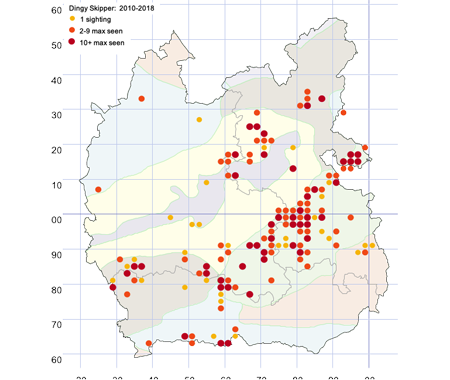 Key |
| ||||||||||||||||||||||||||||||||
| Related Species | |||||||||||||||||||||||||||||||||
| |||||||||||||||||||||||||||||||||
Copyright © Butterfly Conservation Upper Thames Branch 2025
Privacy and Copyright Statement
Butterfly Conservation : Company limited by guarantee, registered in England (2206468)
Registered Office: Manor Yard, East Lulworth, Wareham, Dorset, BH20 5QP, Tel: 01929 400 209
Charity registered in England & Wales (254937) and in Scotland (SCO39268)
Privacy and Copyright Statement
Butterfly Conservation : Company limited by guarantee, registered in England (2206468)
Registered Office: Manor Yard, East Lulworth, Wareham, Dorset, BH20 5QP, Tel: 01929 400 209
Charity registered in England & Wales (254937) and in Scotland (SCO39268)

